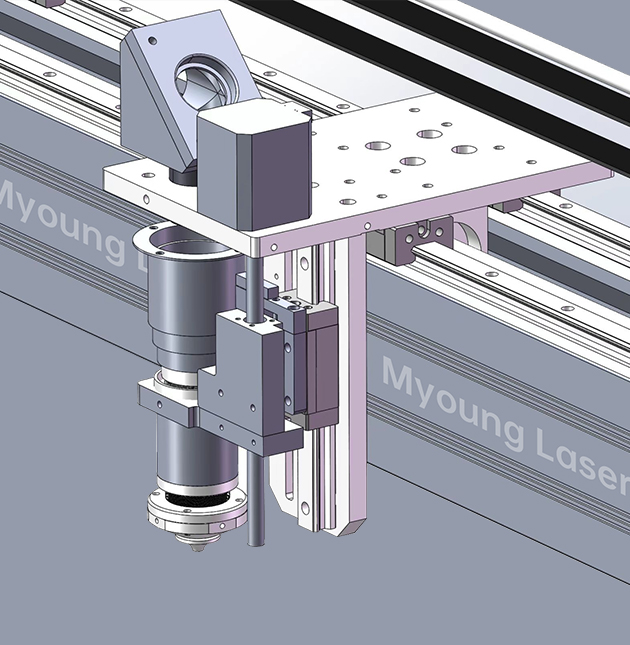INDUSTRIAL NEWS
Laser machines have revolutionized various industries with their precision, speed, and versatility. In this article, we will explore the development history of laser machines, tracing their evolution from their inception to the advanced technology we see today.
1. Invention of the Laser:
The first successful demonstration of a laser occurred in 1960 when Theodore Maiman built the first working laser device. This breakthrough technology utilized the principle of stimulated emission to produce a highly focused beam of coherent light.
2. Early Applications:
In the early years, laser machines were primarily used for scientific research and military purposes. They were utilized for measuring distances, studying the properties of light, and even in weaponry systems.
3. Industrial Applications:
As technology advanced, laser machines found their way into various industrial applications. In the 1970s, laser cutting machines were introduced, enabling precise and efficient cutting of various materials. This innovation revolutionized industries such as automotive, aerospace, and electronics.
4. Laser Engraving and Marking:
In the 1980s, laser machines were further developed to perform engraving and marking tasks. The ability to etch intricate designs and markings on different materials opened up new possibilities for industries such as jewelry, signage, and packaging.
5. Medical Applications:
Laser machines have also made significant contributions to the medical field. In the 1990s, laser technology was used for various surgical procedures, including eye surgeries, dermatology treatments, and dental procedures. The precision and minimal invasiveness of laser machines revolutionized these medical practices.
6. Advancements in Laser Technology:
In recent years, laser machines have undergone significant advancements. Fiber lasers, for example, have emerged as a more efficient and cost-effective option compared to traditional CO2 lasers. Additionally, ultrafast lasers have enabled precise and delicate operations in fields such as microelectronics and biomedicine.
7. Future Prospects:
The development of laser machines continues to push boundaries, with ongoing research and advancements. The integration of artificial intelligence and automation into laser machines promises even greater precision, speed, and efficiency. Additionally, emerging fields such as 3D printing and nanotechnology are expected to benefit from advancements in laser technology.
Conclusion:
The development history of laser machines showcases the immense impact they have had on various industries. From their humble beginnings as a scientific curiosity to their widespread use in industrial, medical, and technological applications, laser machines have transformed the way we work and live. As technology progresses, the future of laser machines holds even greater potential for innovation and advancement.


